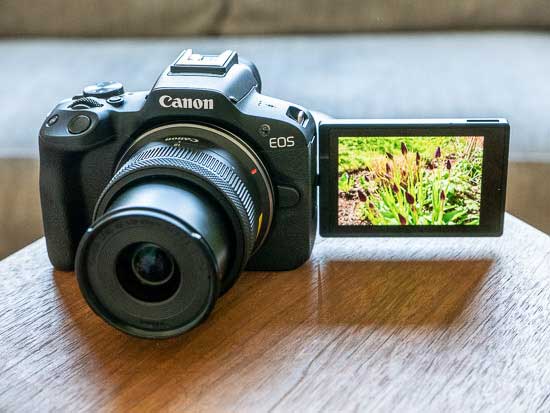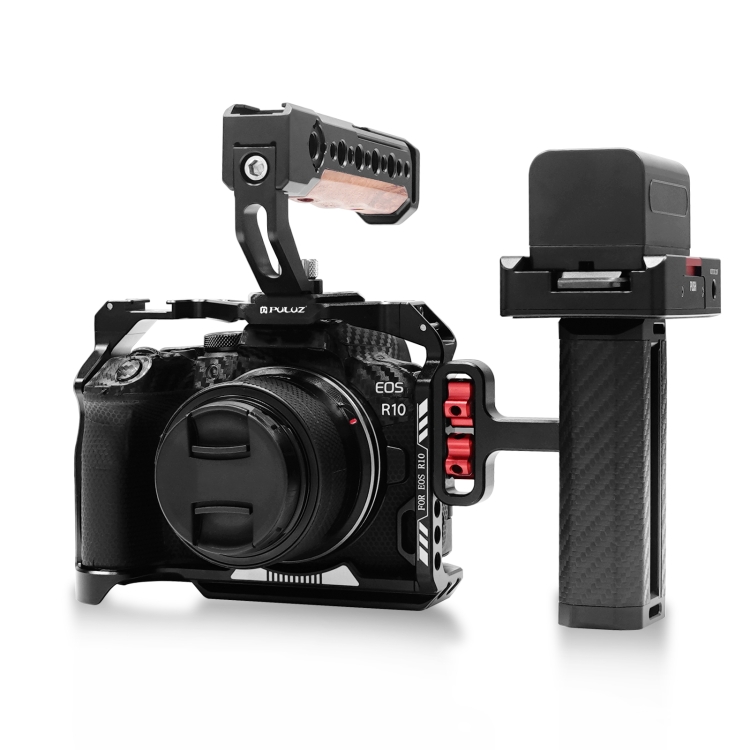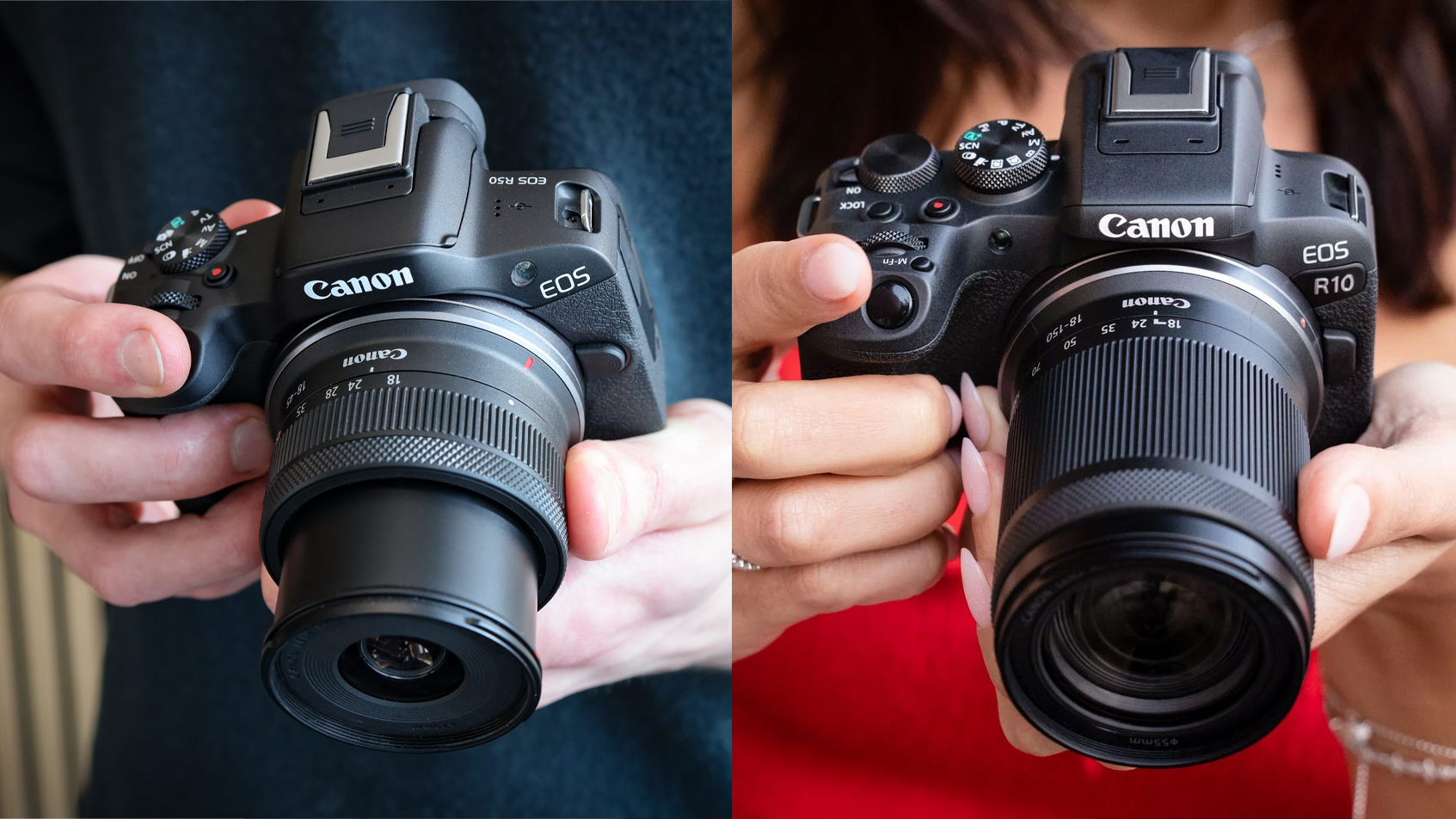In the ever-evolving world of mirrorless cameras, Canon has introduced two compelling options for beginners: the EOS R10 and R50. While both cameras target newcomers to the mirrorless ecosystem, they offer distinctly different experiences. Let's dive deep into what makes these cameras unique and why the R10 might be the superior choice for most aspiring photographers and content creators.
Design Philosophy and Ergonomics
The first thing you'll notice when handling these cameras is their size difference. The R10 features a larger body that might seem counterintuitive for a beginner camera, but this actually translates to better handling and stability during long shooting sessions. Think of it like choosing between a compact car and a mid-size sedan – while the compact might seem more approachable, the mid-size often offers a more comfortable driving experience.
The R50, despite its attractive compact size, makes some compromises in the name of portability. This brings us to a crucial point: smaller isn't always better, especially when it comes to camera ergonomics.
Control Layout: A Tale of Two Approaches
Here's where the R10 truly shines. The additional thumb wheel and joystick might seem intimidating at first, but they're actually your gateway to photographic freedom. These controls allow you to adjust settings without taking your eye away from the viewfinder – a crucial ability as you grow in your photography journey.
The R50's simplified control scheme might appear more beginner-friendly, but it's a bit like learning to drive on an automatic transmission when you know you'll eventually want to switch to manual. The R10's more advanced control layout allows you to grow with the camera rather than outgrowing it quickly.
Performance That Matters
When it comes to performance, numbers tell a compelling story. Both cameras boast impressive 15 frames per second shooting capabilities, but the R10's ability to capture over 30 shots in 2 seconds compared to the R50's 7 shots is a game-changer. This isn't just about specifications – it's about not missing those crucial moments, whether you're photographing your child's sports game or trying to capture the perfect wildlife shot.
Video Capabilities: The Content Creator's Perspective
For aspiring content creators, both cameras offer compelling features with their fully articulating screens and capable autofocus systems. However, the R10 pulls ahead in several crucial areas:
Temperature Management
The R10's superior heat management allows for over an hour of 4K 30fps recording, while the R50 taps out at 35 minutes. This might not seem significant until you're in the middle of recording an important event or interview.
Port Placement
The R50's HDMI port placement is a classic case of form over function, making it awkward to hold when fully rigged for video. The R10's better-thought-out design shows Canon's attention to real-world usability.
4K Video: The Resolution Revolution
While both cameras offer 4K recording capabilities, the R10's implementation is more practical. Its better heat management and more usable crop factor in 4K 60fps mode make it a more versatile tool for serious video work. The R10 handles these demanding video modes with grace, while the R50 shows its limitations more quickly.
The Verdict
While the R50 is a capable camera, the R10 emerges as the clear winner for beginners who are serious about photography and videography. Its superior ergonomics, more advanced controls, better burst shooting capabilities, and more robust video features make it not just a better beginner camera, but a camera you can grow with.
Think of it this way: the R50 is like your first apartment – it gets the job done but you'll soon want to upgrade. The R10, on the other hand, is like buying a starter home that you can grow into, with room for expansion and improvement as your skills develop.
For just a bit more investment, the R10 offers significantly more room for growth, better handling of demanding situations, and fewer compromises in critical areas. It's not just Canon's best beginner camera – it's a camera that challenges the very notion of what a "beginner camera" should be.





